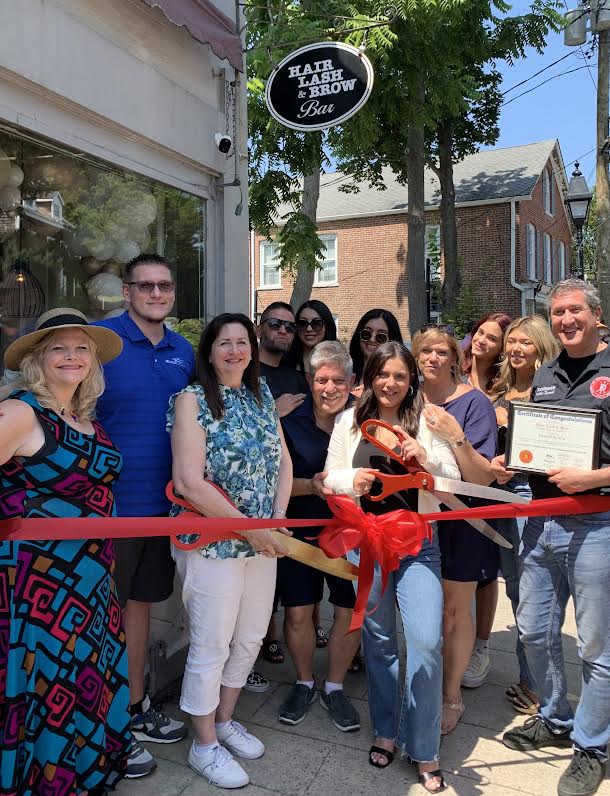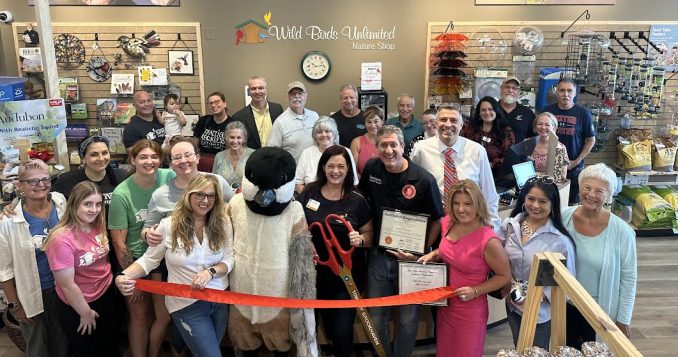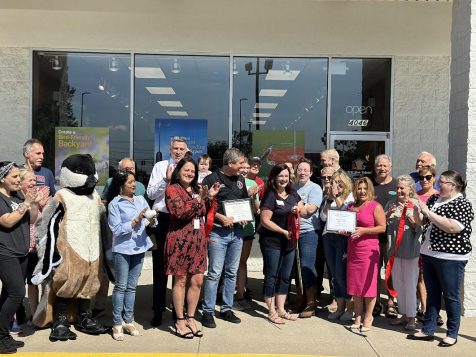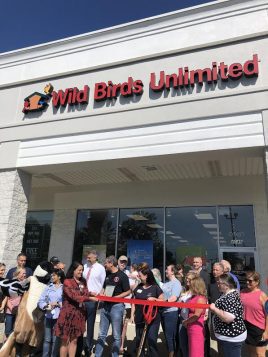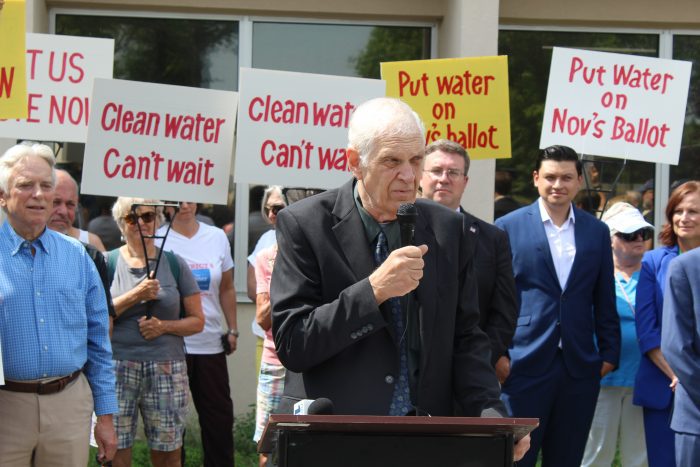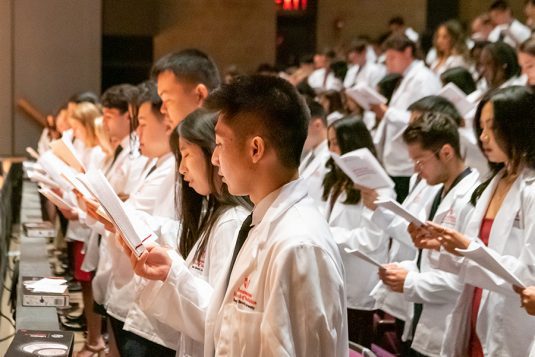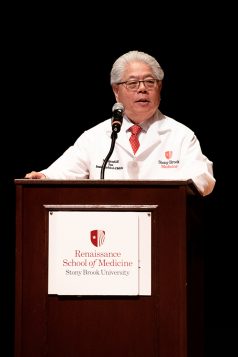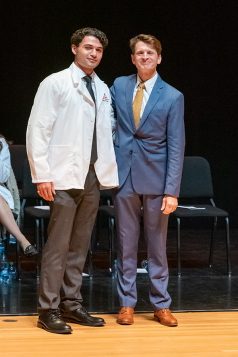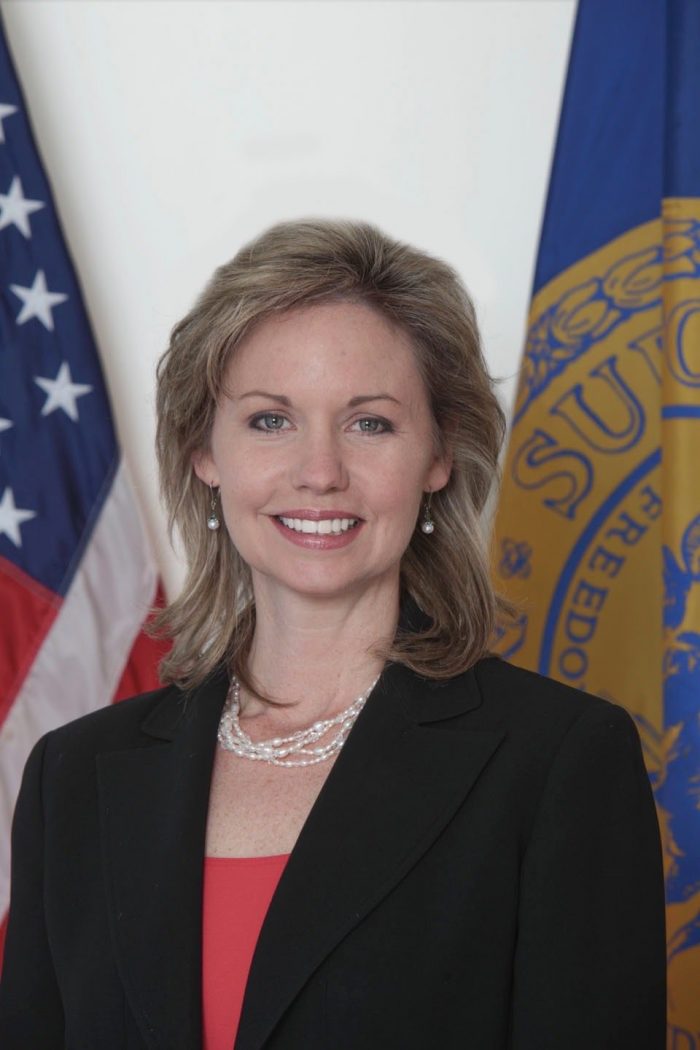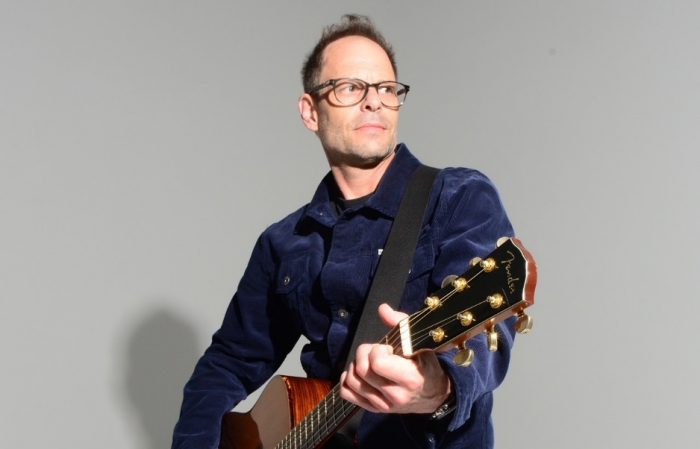By Kevin Redding
As a teenaged self-taught singer and “bedroom songwriter” in Tempe, Arizona, Robin Wilson would comb through ads of local bands in the paper—dreaming about being in one someday. The powerful yet tender voice he’d honed, mostly in his room and car, ultimately landed him in a new band that was blowing up in Tempe called Gin Blossoms.
Not long after that, the group found major mainstream success. Throughout the 90s, Gin Blossoms’ catchy harmonies and jangle guitar-driven pop rock dominated the airwaves with massive hits like “Hey Jealousy,” “Follow You Down,” “Found Out About You,” “Til I Hear It From You,” “Allison Road,” and “As Long As It Matters.”
Wilson and his bandmates had music videos on MTV, became mainstays on late night shows, and were nominated for a Grammy. They’ve not only contributed to the soundtracks for such movies as Wayne’s World 2, Empire Records, and Speed, but for many people’s lives.
On Aug. 25, Wilson will be inducted into the Long Island Music and Entertainment Hall of Fame in Stony Brook Village. He’s bounced between Arizona and Valley Stream since the mid-90s, but says he became a full-time Long Islander in 2001 and even more so over quarantine.
TBR News Media had the opportunity to interview Wilson by phone last Sunday as the singer/songwriter took a trip down memory lane.
What does this induction mean to you?
It makes me very proud and it’s really great to be part of the “Big Rock Story” and to know that we’ve had the same sort of impact that so many of my favorite groups did. I was just onstage last night [in Reynoldsburg, Ohio] looking out at 6,000 people who all know the words to a song I wrote in my bedroom and I was thinking, ‘Ya know, we really did great. Nobody thought we could still be doing it this long.’ And here we are 35 years later…I’m very gratified and grateful that I still get to do this for a living. It’s bewildering to me.
We got inducted into the Arizona Hall of Fame back in 2017 alongside the Meat Puppets, one of my favorite bands. I still just shake my head in disbelief because one minute you’re a teenager going to open mic nights and thinking ‘God I hope someday I can be in a band that plays this bar’ and now we’re among the most successful acts to ever come out of our homestate, alongside Jimmy Eat World and Alice Cooper.
More than anything else, I’m really proud for my family here. It really feels like their achievement and it means the world to me that so many of them are going to be there for the ceremony. My son’s band is rehearsing and his biggest influences all come from the 90s.
What was it like to be a rock band in the 90s?
There were so many great moments where we knew we were accomplishing something very rare. Most of it was the grind of doing the work and being a touring rock band…it’s only with the perspective of time that you realize how grandly we succeeded. We’re going on tour in a couple weeks with some of my all time favorite bands to tour with: Fastball, Tonic, and Sugar Ray. We’ve been on these package tours with Lit and Everclear and Smash Mouth and none of them have done “Saturday Night Live.”
We performed at the American Music Awards and I got to front KISS on Letterman! There was a lot of diversity [in the 90s] but the bands that survived as the soundtrack of those times were delivering high quality music and really great, memorable songs. I think certainly the key to our success has been having really good songs.
How did you come to join the band?
As I was finally forming my first band with my best friend, Gin Blossoms called and asked me in for an audition. They had only been playing out for a few months but as soon as they hit the local scene, they were a big deal. I already knew our bass player, Bill Leen, and our original guitar player/songwriter Doug Hopkins [who penned many of their early hits and passed away in 1993]. We all went to high school together. They were a few years ahead of me, but they were the only kids that had a band and putting out records. I was listening to Bill’s and Doug’s music since I was like 15.
Bill and Doug had heard me sing at a couple of parties so when they needed somebody for Gin Blossoms, I got the call. I auditioned on a Wednesday, they gave me the job that night, we rehearsed on Thursday, and then we did three days of shows that weekend, Friday-Sunday. I was playing rhythm guitar and they’d let me sing a couple tunes. Jesse Valenzuela [Gin Blossoms’ guitar player] was the lead singer. I got the job because he and I sounded so good together; it was really special right from the beginning.
A few months in, Jesse said, “You and I are gonna switch. I’m gonna be the guitar player and you’re gonna be the lead singer.” I was just blown away. In the history of rock and roll, has a lead singer ever done that? It was just such good fortune and destiny…the right place at the right time with the right skillset.
What’s your favorite song to play live?
Doug started the band with this incredible batch of songs, including “Found Out About You,” so it was easy for me to just step in and sing them. And then there were a handful of songs he and I wrote together. The only one of them we ended up recording was “Hold Me Down” [off their 1992 LP “New Miserable Experience”] and that one’s really special to me. Playing the hits is very gratifying too. There’s a song I wrote for our last record called “Break” and it’s great to see them react to it and to know it’s a song that holds up to the rest of our catalog.
What was it like bringing your own songs to the band?
Being in Gin Blossoms with seasoned composers, it helped me to raise my [songwriting] game at an accelerated pace. It wasn’t until I wrote “Allison Road” that the whole band seemed to realize I was approaching their level as a songwriter. Earlier this year, our hometown of Tempe honored us by renaming a street Allison Road.
What’s the strangest bill the band has been on?
[Laughs] We did a show once with Missing Persons, MC Hammer, Joe Walsh, and Toto. And it was just like, ‘How did we end up on this bill?!’ Missing Persons was on before us and MC Hammer was on after us. That was like 12 years ago or something.
In honor of Empire Records, if you were in a record shop right now, what would you be looking for?
My favorite band right now is called White Reaper. They’re one of the best bands of their generation and I love them to death. If I walked in right now, I’d be looking for White Reaper on vinyl. My favorite band of the last couple decades is The Darkness, and I’m excited they’re going to be performing in Tempe in October and so my son and I are going to home to Arizona at a club I’ve played a bunch of times to see them. Another great rock band I love is called Volbeat.
What’s it like being a rock star on Long Island?
This is the first time since winter that I’ll be home here on Long Island for more than five days. I’m home until the Hall of Fame induction and then I leave town the day after that and I’ll be gone for about six weeks. But I have until the 26th to actually be in the same place so I’m fixing to make the most of it, spend time making the racket down in the basement in our new studio, exercising. I played a lot of video games during the pandemic. I bought a Switch and I love that system.
A few years ago, when the pandemic hit, that’s when I really got to meet my neighbors, and they’re like, ‘Oh, you’re in a band, huh?’ I’m like ‘Yeah’ and they’re like ‘Well, you keep at it!’ And then a few months later, the neighbor will come up and be like ‘Holy ___, apparently my brother has your record!’
It took me a while to get used to living here, but I’m finally a citizen. And I’m the only guy on Long Island who flies an Arizona flag on his front porch.
The Long Island Music and Entertainment Hall of Fame, 97 Main St., Stony Brook will hold an induction ceremony for Robin Wilson on Friday, Aug. 25 from 7 to 10 p.m. Wilson will perform with special guests on the Exhibit Hall stage as part of the evening’s ceremony. Tickets are $40, $35 members at www.limusichalloffame.org or by calling 631-689-5888.


